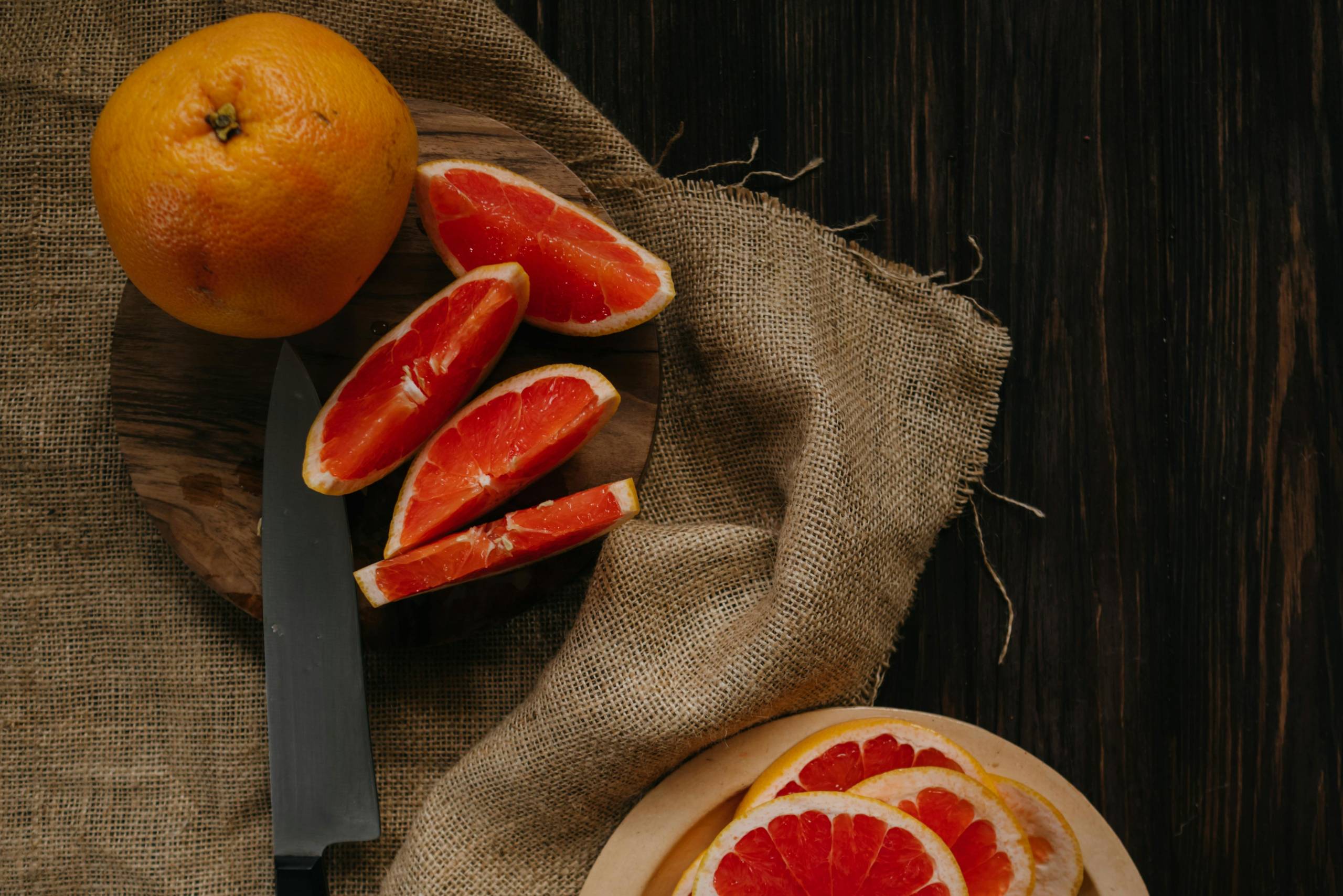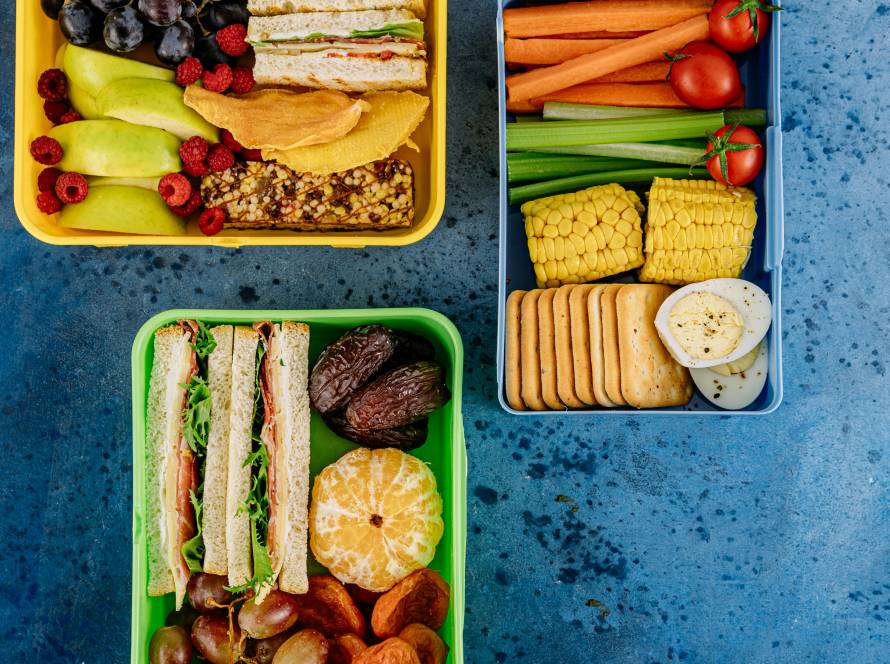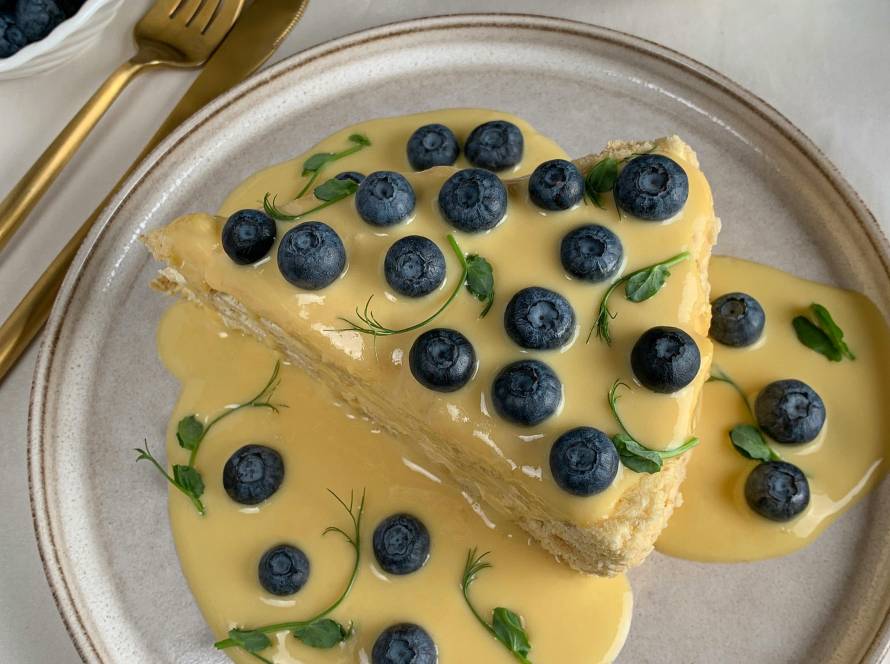How to Store and Preserve Gluten-Free Baked Goods
When it comes to gluten-free baked goods, mastering flavor and texture is only half the battle—the other half lies in properly storing and preserving your creations. Since gluten-free treats behave differently than traditional baked goods, using the right techniques helps maintain freshness and prevent spoilage. Whether you’re baking muffins, bread, or cookies, these tips will help you to know about Gluten-Free Baked Goods Storage.
Why Gluten-Free Baked Goods Storage Matters?
Gluten-free baked goods tend to dry out quicker due to the absence of gluten, which usually helps retain moisture. As such, proper storage techniques are essential if you want your baked goods to stay fresh and delicious for more than a day or two. This is especially important for those following a celiac-friendly diet, as gluten contamination can also occur from improper storage.
How to Store Homemade Gluten-Free Goods?
One of the most frequently baked items in a wheat-free kitchen is bread. Unlike traditional loaves, gluten-free bread lacks the gluten network that keeps bread soft and chewy. Here are some helpful gluten-free bread storage tips:
- Let the bread cool completely before storing to avoid condensation and sogginess.
- Wrap the bread in parchment paper, followed by a plastic bag to balance airflow and moisture retention.
- Keep at room temperature for up to 2 days—after that, freezing is ideal.
- Slice before freezing so you can toast individual pieces as needed.
Storing Gluten-Free Muffins and Cakes
Muffins and cakes are favorites among home bakers. These baked goods often contain nutrient-rich, gluten-free flours like almond or coconut flour, which behave differently than wheat-based ones.
- Allow baked goods to cool on a rack before packaging to avoid soggy edges.
- Store in an airtight container lined with a paper towel to absorb excess moisture.
- Store at room temperature for up to 2–3 days or refrigerate for longer shelf life.
- For longer storage, wrap tightly and freeze.
Pro Tip: Add a Slice of Apple
When storing muffins or cakes at room temperature, placing a slice of apple in the container can help keep them moist. Just be sure to replace the apple daily to prevent mold growth.
Maintaining Freshness of Gluten-Free Cookies
How to store gluten-free cookies? Cookies are among the easiest gluten-free treats to store. With low moisture content, they tend to have a longer shelf life if handled properly.
- Store in a glass jar or airtight tin away from heat and light.
- If stacking, separate layers with parchment to prevent sticking.
- Soft cookies can become chewy when refrigerated—store at room temperature when possible.
- Freeze for up to 2 months for best flavor retention.
Flash-Freezing for Quick Treats
To enjoy homemade cookies anytime, flash-freeze the dough balls and store them in a freezer-safe container. Bake on demand without thawing—just add a few extra minutes to the bake time.
Wheat-Free Baking Storage Techniques for Pies and Pastries
Gluten-free pie crusts are often more delicate, requiring gentle handling and mindful storage:
- Cool baked pies fully before wrapping to avoid condensation.
- Wrap in foil and store in the fridge for up to 3 days.
- Freeze fully baked pies by double-wrapping for up to 2 months.
- Thaw gradually in the fridge to maintain structure and taste.
Freezing Gluten-Free Baked Goods
Freezing is one of the most effective ways to extend the shelf life of gluten-free baked goods without sacrificing flavor or texture. However, due to the delicate nature of gluten-free ingredients, proper freezing and thawing techniques are essential to maintain quality. Here’s how to do it right.
How to Freeze Properly
Freezing gluten-free baked goods requires more care than traditional baked goods because they often dry out faster and can become crumbly. Follow these steps for best results:
- Cool Completely: Always allow baked goods to cool fully before freezing. Trapped steam can cause sogginess or freezer burn.
- Portion Ahead: Slice bread, cut cakes, or separate cookies before freezing so you can thaw only what you need.
- Wrap Airtight: Use plastic wrap, foil, or freezer-safe parchment paper to wrap each item tightly. Double-wrapping is recommended for longer storage.
- Use a Freezer Bag or Container: After wrapping, place items in a resealable freezer bag or an airtight container to prevent moisture loss and odor absorption.
- Label with Date: Most gluten-free baked goods can last up to 2–3 months in the freezer, so label clearly to keep track.
Thawing Tips Without Compromising Texture
Thawing incorrectly can lead to soggy or overly dry gluten-free baked goods. Here’s how to maintain the best texture and taste:
- Thaw at Room Temperature: Most items will regain their ideal texture if left to thaw on the counter for a few hours. Avoid microwaving unless necessary.
- Avoid Condensation: Leave items in their wrapping as they thaw to reduce moisture buildup on the surface.
- Reheat for Better Texture: A quick warm-up in the oven (300°F or 150°C for 5–10 minutes) can help restore crispness or softness, depending on the baked good.
- Toast Gluten-Free Bread: If thawed slices feel slightly dry, toasting can enhance texture and flavor.
Best Containers and Materials for Freezing
Choosing the right materials for freezing gluten-free baked goods is crucial for maintaining freshness:
- Freezer-Safe Zip Bags: Ideal for cookies, muffins, and sliced bread. Remove excess air before sealing.
- Airtight Plastic or Glass Containers: Great for protecting delicate baked goods like pastries or frosted cakes.
- Aluminum Foil + Plastic Wrap Combo: Double-wrap for longer-term storage to prevent freezer burn.
- Parchment Paper: Place between baked goods to prevent sticking, especially with cookies or brownies.
Key Tools for Gluten-Free Preservation
If you’re serious about gluten-free baking, consider investing in tools that aid in long-term storage:
- Airtight containers – Prevent moisture loss and reduce contamination risk.
- Reusable parchment sheets – Line containers and baking trays with ease.
- Freezer-safe bags and vacuum sealers – Great for freezing without freezer burn.
- Labeling system – Use labels for tracking bake dates and freezing durations.
Common Mistakes to Avoid
Even seasoned gluten-free enthusiasts sometimes make storage mistakes that compromise freshness. Here’s what to watch out for:
- Skipping the cool-down phase: Always cool fully before storing.
- Overpacking containers: Leave room for air circulation.
- Using the wrong wrap: Don’t wrap warm goods in plastic—opt for parchment or wax first.
- Mixing gluten and gluten-free items: Prevent cross-contamination by storing separately.
Labeling and Rotation Tips
Label your gluten-free baked goods with the production date and freeze-by date. Follow the “first in, first out” rule to ensure none of your delicious creations go to waste.
Not sure how long your baked goods last? Here’s a quick reference:
| Baked Good | Room Temp | Refrigerated | Frozen |
|---|---|---|---|
| Breads | 2 days | Up to 1 week | Up to 3 months |
| Muffins | 2–3 days | 1 week | 3 months |
| Cookies | 1 week | 2 weeks | 2 months |
| Pies | 1 day | 3 days | 2 months |
Living a Gluten-Free Lifestyle Means Planning Ahead
Practicing good food storage is key when living wheat-free. Not only do these strategies keep your goods tasty and safe, but they also make meal planning far more convenient. Freezing extra portions for later allows you to enjoy your favorite gluten-free baking recipes whenever you want.
Explore More Gluten-Free Lifestyle Tips
Proper storage complements other aspects of wheat-free cooking, such as ingredient sourcing and avoiding cross-contamination. For a more comprehensive look, check out our guide to Gluten-Free Lifestyle.
Want to learn more about supporting a gluten-free lifestyle? Visit the Gluten Intolerance Group for trusted resources and education.
Conclusion
Gluten-free baked goods Storage doesn’t have to be complicated. From temperature control to mindful wrapping, these techniques can help maintain the texture, flavor, and quality of your favorite treats. By staying organized and using the right tools, your journey through gluten-free baking is bound to be both delicious and successful.




